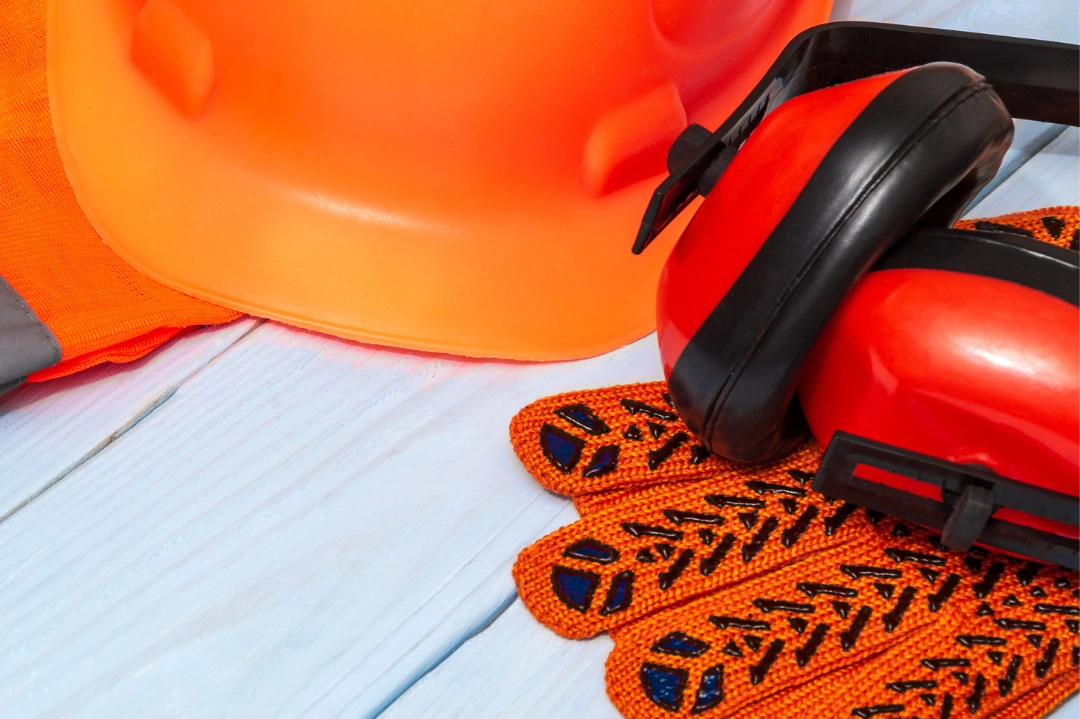
Safety Management Software And eCompliance: What You Need To Know
Lone workers, often operating without direct supervision, face unique safety challenges in the workplace. Employers must have essential safety, compliance, and hazard management strategies in place to protect their employees. eCompliance is here to help organizations manage these challenges by enhancing their safety frameworks and meeting regulatory standards. Let’s examine how employers can equip themselves with the necessary knowledge to create a secure and compliant workplace for lone workers.
Understanding Lone Worker Safety
Lone workers operate independently, often without direct supervision, in industries such as construction, healthcare, utilities, and transportation. Their work environments can be challenging because they often face risks such as remote locations, unpredictable weather, and hazardous materials.
An employer’s job is to keep them safe. Without colleagues nearby, lone workers face increased risks of accidents and delayed emergency responses, which can lead to greater harm. The isolation can also contribute to stress and anxiety and impact their well-being and performance.
Employers need to address these challenges by implementing tailored safety measures. This includes conducting detailed risk assessments, establishing clear communication protocols, and providing comprehensive training. By focusing on the specific needs of lone workers, employers can foster a safer and more supportive work environment that boosts productivity and compliance with safety regulations.
The Role of eCompliance in Lone Worker Safety
eCompliance improves the safety and compliance of lone workers by offering digital solutions that simplify safety management. This cloud-based software enables organizations to manage their safety programs, track regulatory compliance, and adhere to safety protocols. eCompliance is essential for employers seeking to minimize risks and effectively implement safety measures.
One of the best aspects of eCompliance is that it can centralize safety data, providing real-time access. This is especially beneficial for lone workers in remote locations. Employers can monitor safety metrics, incident reports, and compliance status from a single platform, allowing them to identify and resolve safety issues quickly.
eCompliance also improves communication between lone workers and supervisors. Because it is integrated with mobile devices, it allows workers to report hazards, log incidents, and access safety resources on the move, so they have the necessary support no matter where they are.
By automating documentation and reporting, eCompliance helps organizations maintain compliance with industry regulations. This reduces administrative burdens, which makes it easy to keep records up-to-date and accessible for audits.
Most importantly, eCompliance is a vital tool for employers seeking to enhance the safety and compliance of their lone workers. By adopting this technology, organizations can make sure their safety programs are thorough and adaptable to the unique challenges their lone workers face.
Key Safety and Compliance Considerations for Lone Workers
Risk Assessment and Hazard Identification
Thorough risk assessments are the most effective way to identify potential hazards that lone workers may encounter. Employers should evaluate each work environment, taking into account factors such as location, tasks, and materials. This helps identify specific risks, including exposure to hazardous substances or working in remote areas. This allows them to target their safety measures to prevent incidents.
Implementing Effective Communication Systems
Lone workers need reliable communication tools to stay connected with supervisors and emergency services. Employers should consider technologies such as GPS tracking, mobile apps, and two-way radios to ensure they’re in constant communication. These systems enable workers to report incidents and allow for real-time monitoring of their safety and location, so they can receive quick responses in the event of an emergency.
Training and Education
Comprehensive training programs equip lone workers with the knowledge and skills to manage risks effectively. Training should cover emergency procedures, hazard recognition, and the use of personal protective equipment (PPE). Regular training sessions and updates keep workers informed about safety protocols and prepare them to confidently handle potential hazards.
Monitoring and Support Systems
Extensive monitoring systems also help keep lone workers safe. Technologies such as wearable devices and automated check-in systems can track a worker's well-being and alert supervisors to any potential issues. Establishing support systems, such as designated safety contacts or on-call supervisors, enables workers to have access to assistance and guidance, particularly in emergency situations.
Legal and Regulatory Compliance For Lone Workers
Employers must understand the legal and regulatory requirements specific to lone workers, which can vary by industry and location. They include health and safety standards, reporting obligations, and emergency response protocols. Staying updated on legislative changes is crucial for maintaining compliance and avoiding legal issues. Employers who regularly review and update safety policies will keep their workers protected.
Employers should also focus on creating a thorough incident reporting and investigation process. This involves establishing clear procedures for reporting incidents and near-misses, which are crucial for identifying and addressing safety gaps. Encouraging lone workers to report all incidents, regardless of their severity, helps build a comprehensive safety database that can be analyzed to prevent future incidents.
When employers thoroughly investigate these reports, they can uncover the root causes and implement corrective actions to enhance overall safety. Employers should also foster an environment where workers feel comfortable reporting issues without fear of retribution. This promotes transparency and trust in the workplace. This proactive approach improves safety outcomes and demonstrates a commitment to the well-being of lone workers.
Best Practices for Enhancing Lone Worker Safety
To improve lone worker safety, employers should adopt proactive strategies and foster a safety-focused culture. They should encourage open communication about safety concerns, conduct regular safety audits, and involve workers in the safety planning process. Leveraging technology, such as eCompliance, can streamline safety management processes and ensure consistent adherence to safety protocols. By prioritizing safety and compliance, organizations can create a supportive work environment for their lone workers.
Employers can enhance lone worker safety by fostering a culture that incorporates comprehensive support systems. By establishing clear safety policies, encouraging a culture of continuous improvement, and scheduling regular feedback sessions, employers can identify potential issues before they escalate. This creates a supportive environment where employees feel empowered to voice concerns and often leads to more effective safety solutions. By prioritizing these practices, organizations can improve safety outcomes, boost employee morale, and create a more productive and compliant workplace.
Conclusion
eCompliance helps businesses focus on lone worker safety and compliance. By utilizing digital solutions and adhering to best practices, employers can effectively manage safety risks and comply with regulatory requirements. Businesses that adopt comprehensive safety measures, provide ongoing training, and utilize innovative technologies effectively protect lone workers and foster a culture of accountability and support, ultimately contributing to the overall success and resilience of their operations.
Read More From the Lone Worker Blog
Top 10 Most Common Ergonomic Hazards For

Ergonomic hazards pose significant risks to solitary workers, who often lack immediate support in their roles.
Read MoreWhat Is Personal Protective Equipment, and How Can It Protect My Employees?

Safety should be a top priority in any workplace, but especially those where employees frequently work alone. PPE acts as a barrier against workplace hazards.
Read More


